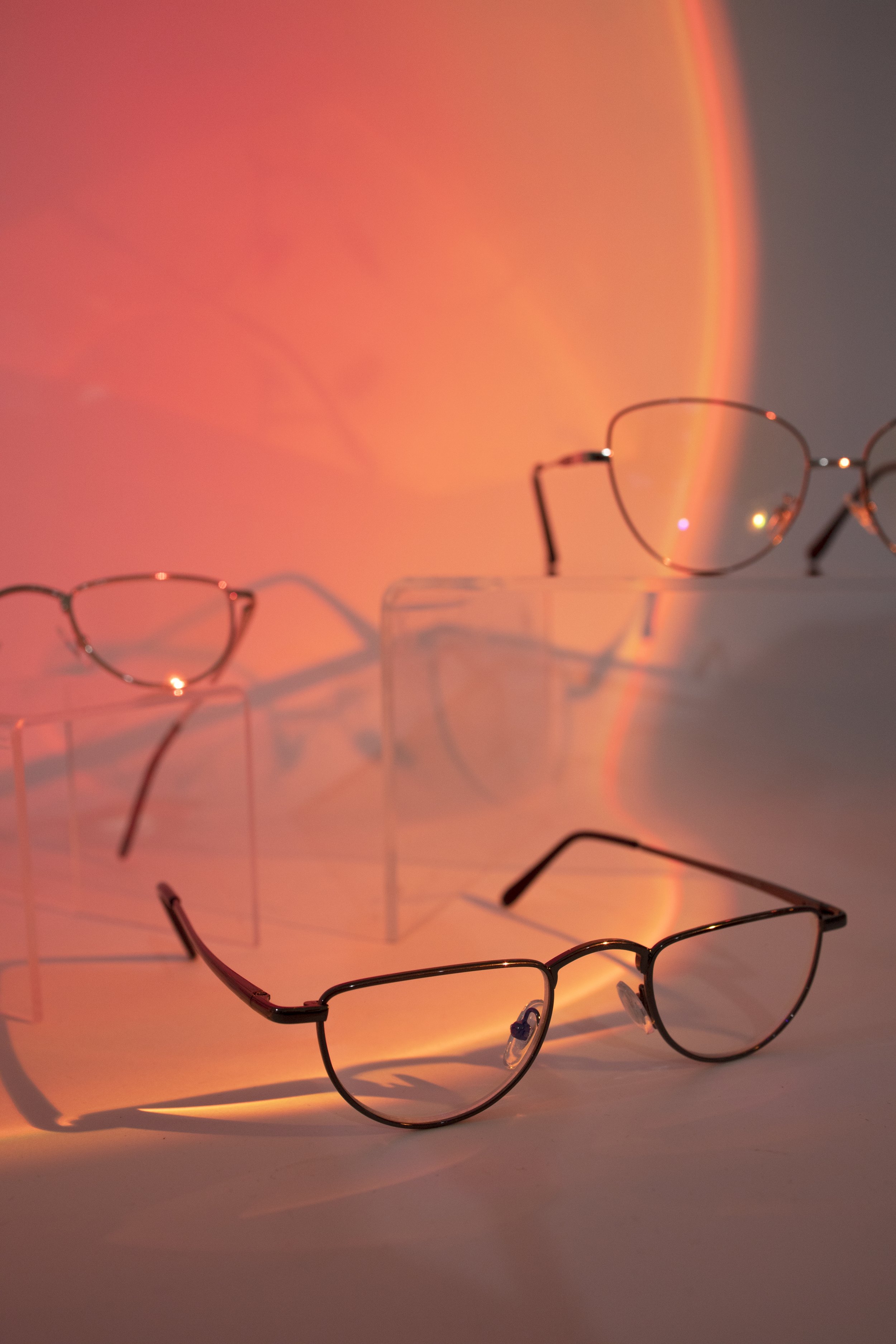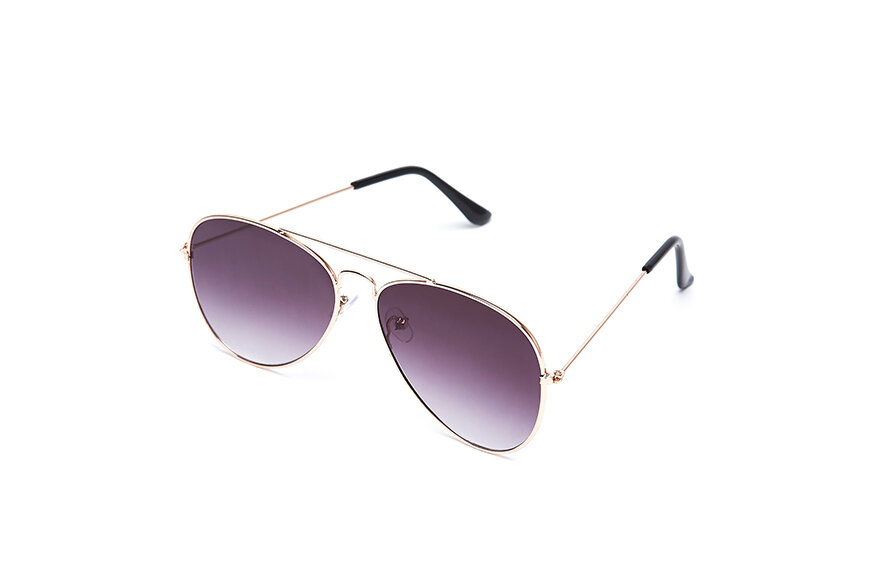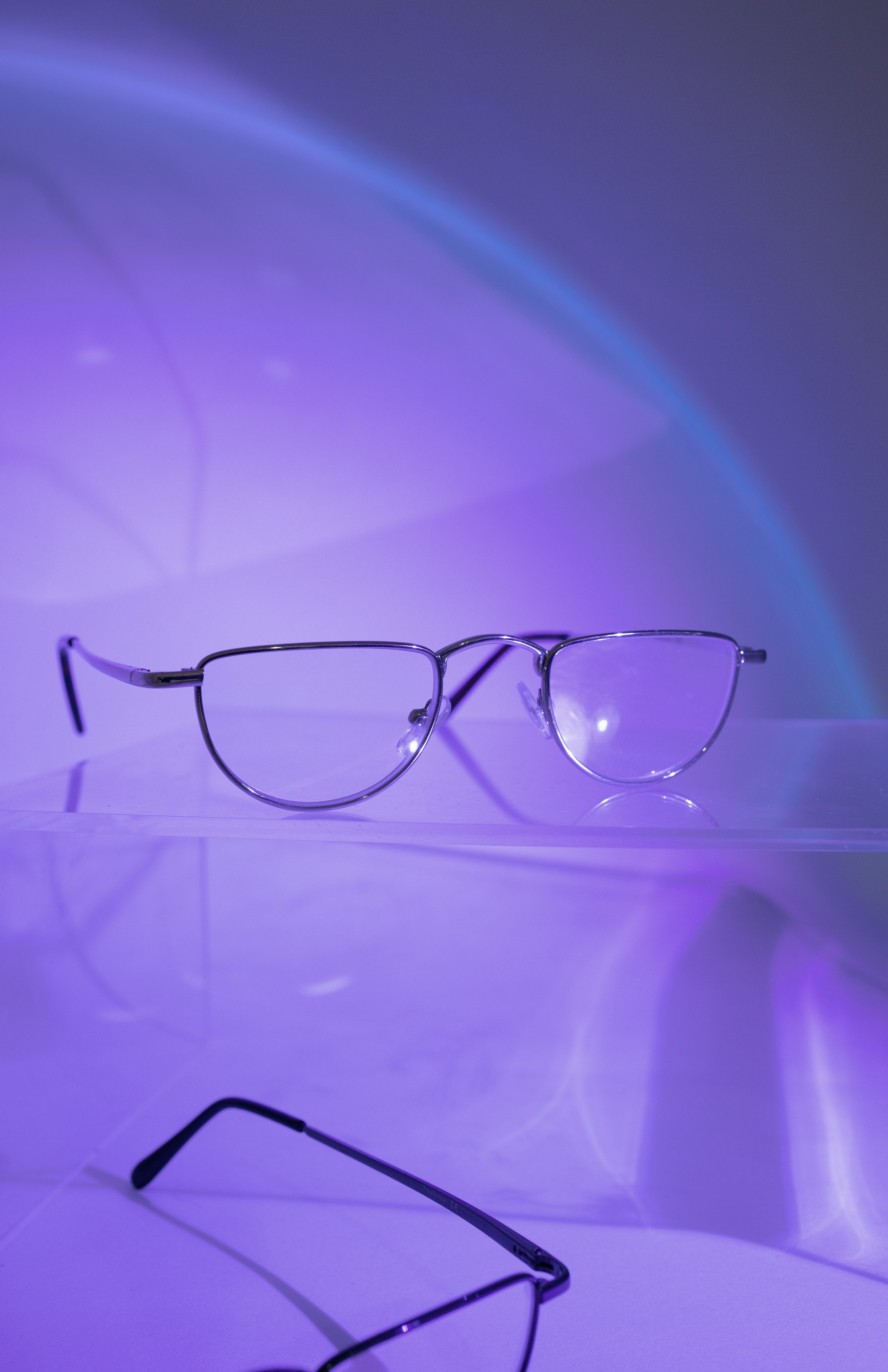HOW TO PHOTOGRAPH SUNGLASSES FOR E-COMMERCE
Though gorgeous to look at and cool to wear, sunglasses can be a challenge to photograph. Here, we list 5 tips on how to photograph sunglasses for your e-commerce.
Getting the right shot can be difficult when it comes to sunglass product photography. You’ll often encounter reflections or glare thanks to the different styles of frames and lenses. Plus, its awkward shape doesn’t necessarily allow for easy styling and framing. But once you get these basic tips down, shooting shades will be a breeze. Check out our top tricks for images that are sharp, consistent, and capable of building trust between your brand and buyers.
1. Be consistent with your camera settings, placement, and background.
If you want your images clear, clean, and consistent, you’ll need a tripod to ensure your camera position and framing stay the same. Eyewear comes in a variety of frames to lenses. Organize your process by shooting the simpler styles first and then progress to the more challenging styles that may require different settings and lighting.
Make sure you position each model in the same way so your can maintain a cohesive look throughout your e-commerce site. This is incredibly important especially when photographing a large inventory.
2. Take photos from at least 3 basic angles.
A 3/4 view
Giving your buyer at least 3 principal angles—front view, side view, and an angled view (3/4th)—helps them see more of the details of the sunglasses and allows them to imagine what it might look like IRL. Doing close-ups as well as utilizing other angles (high and low) can highlight other unique details to build shoppers’ trust in your brand.
3. Provide excellent lighting to make your product stand out.
The major challenge in photographing sunglasses is that they’re made of reflective materials, so your lighting set up plays a key role on how your product shots come out.
You can try aiming your light from different directions to get your desired exposure while also using light reflectors or a white foam board to prevent reflections and glare. Once you’ve mastered your lighting setup, choose a neutral background—usually white—and then find the right position and angle for your camera.
Experiment with different lighting set ups to get the right feel for your product
You don’t always need lifestyle photography to give context to the item when it comes to online stores—though customers always appreciate them since they get more of the brand feel. But great product photography always requires lighting that won’t wash out details of the product such as color or texture.
4. Consider the material of the frame and lenses—pay attention to reflections or glare.
Lifestyle photography gives your product context
There are so many sunglass designs made of different materials and lenses. Frames can be plastic (colored or clear) or metallic. Lenses can be made of high-index plastic, glass, polycarbonate, polarized, or photochromatic. They can come with a mirror, anti-reflective, UV, or scratch-resistant coating. So shooting the different styles will require different settings.
Highly-reflective components—whether from the frame or lenses—may need a light reflector or diffuser, depending if you want to give certain parts more or less shine while getting rid of reflections. You can also go for an angled, three-quarter view to minimize glare. At all costs, avoid direct lighting, which can be too harsh when shooting polarized or mirror lenses and frames.
For clear frames and lenses, simply adjust your lighting so that the clear material stands out from the background.
Plastic or matte frames are the easiest to shoot since they don’t cause glare or reflections. So lighting them is quicker and more effortless.
5. Edit your photos for consistency and quality.
It’s always a good idea to keep any post-prod tweaking to a minimum by mastering your camera settings, the product setup, lighting, and angles. Still, editing at the end stage can help enhance your final images and ensure consistency throughout your online platform. Edit for color issues, glare, and cropping.
Product photography is a great tool for your e-commerce store but giving your products context builds more of a brand feel. Lifestyle photography is a great option as well to help buyers imagine what the product may look like in reality when worn as it also helps build your brand identity.
Looking for professional photographers to shoot your sunglasses for e-commerce? Send us message to learn more!




